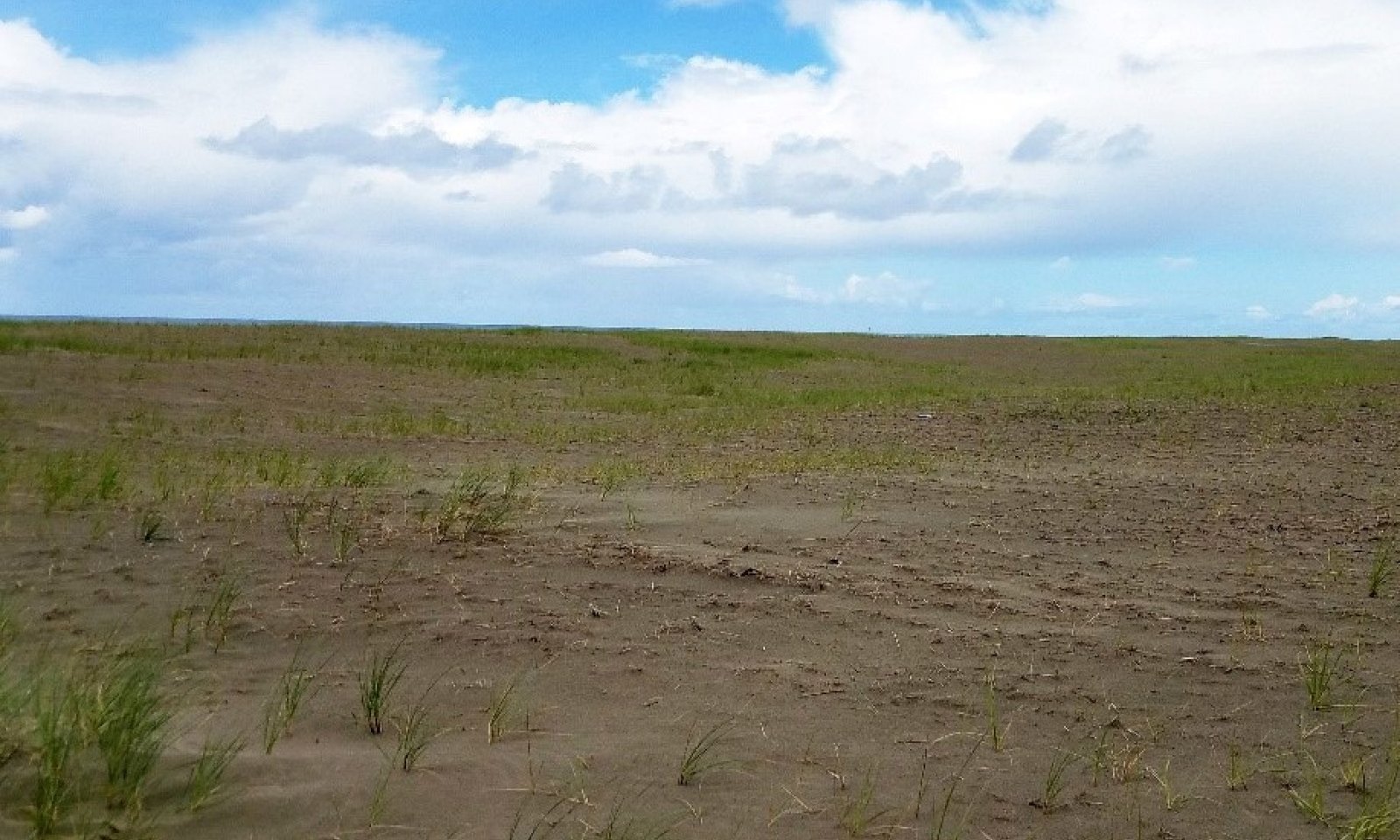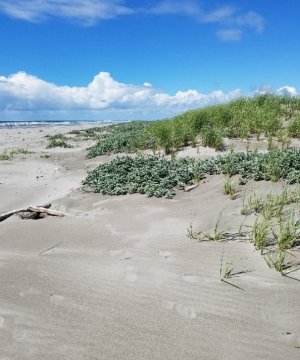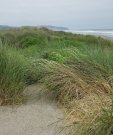
Foredune Scrub and Grassland
Scenario model
Current ecosystem state
Select a state
Management practices/drivers
Select a transition or restoration pathway
- Transition T1A More details
- Transition T1B More details
- Transition T2B More details
- Transition T2A More details
- Transition T3A More details
- Transition T3B More details
-
No transition or restoration pathway between the selected states has been described
Target ecosystem state
Select a state
Submodel
Description
This state represents a full departure from the native reference state as a result of human-caused disturbances. Off-road vehicle use, residential development, and roadway construction will increase the susceptibility to non-native species, restrict the movement of sand (necessary for healthy dunes), and reduce habitat.
Mechanism
This pathway represents a major disturbance from a massive tidal surge, an excessively damaging windstorm, or extended drought that removes most, if not all, of the existing vegetation. This pathway also represents a transition from a native plant community to a non-native, invaded plant community. Non-native seed disbursement is introduced (intentionally or unintentionally), which alters the reference community.
Mechanism
This pathway represents human-influenced disturbance from urban sprawl or other development or from excessive use of recreational off-road vehicles. The stabilized dunes and habitat are diminished or completely lost.
Mechanism
This pathway represents restoration of the native plant community. It is extraordinarily difficult to successfully remove Scotch broom, gorse, European beachgrass, and American beachgrass once established. Native seed sources and extensive management and mitigation of brush and non-native species are needed to restore the community.
Mechanism
This pathway represents human-influenced disturbance from urban sprawl or other development or from excessive use of recreational off-road vehicles. The stabilized dunes and habitat are diminished or completely lost.
Mechanism
This pathway represents removal of man-made structures. Non-native seed disbursement is introduced (intentionally or unintentionally), which changes the reference community.
Model keys
Briefcase
Add ecological sites and Major Land Resource Areas to your briefcase by clicking on the briefcase (![]() ) icon wherever it occurs. Drag and drop items to reorder. Cookies are used to store briefcase items between browsing sessions. Because of this, the number of items that can be added to your briefcase is limited, and briefcase items added on one device and browser cannot be accessed from another device or browser. Users who do not wish to place cookies on their devices should not use the briefcase tool. Briefcase cookies serve no other purpose than described here and are deleted whenever browsing history is cleared.
) icon wherever it occurs. Drag and drop items to reorder. Cookies are used to store briefcase items between browsing sessions. Because of this, the number of items that can be added to your briefcase is limited, and briefcase items added on one device and browser cannot be accessed from another device or browser. Users who do not wish to place cookies on their devices should not use the briefcase tool. Briefcase cookies serve no other purpose than described here and are deleted whenever browsing history is cleared.
Ecological sites
Major Land Resource Areas
The Ecosystem Dynamics Interpretive Tool is an information system framework developed by the USDA-ARS Jornada Experimental Range, USDA Natural Resources Conservation Service, and New Mexico State University.





